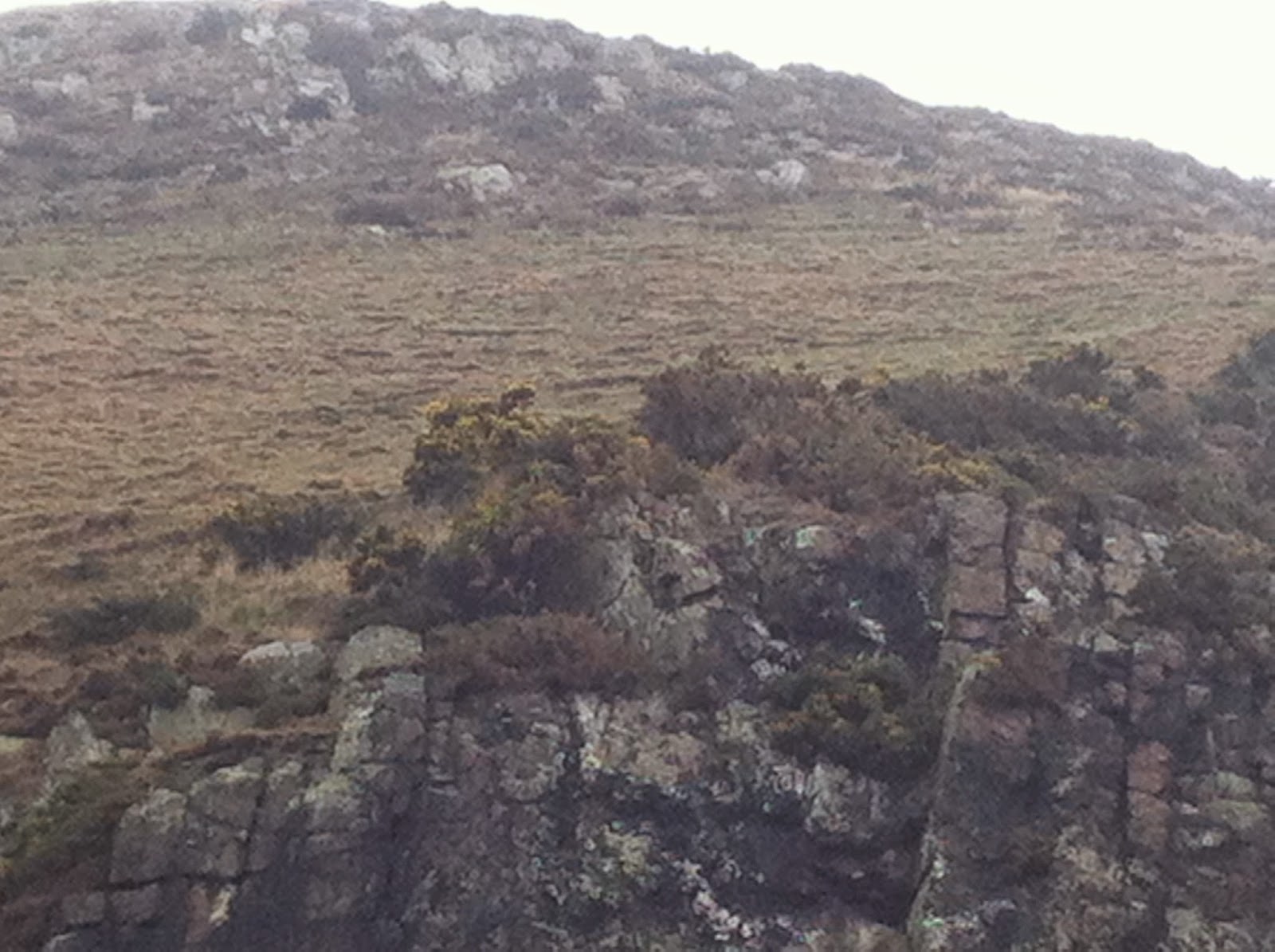 Today I learned more about the University of Alabama's antebellum campus at a talk by Dr. Paul Hardin Kapp, Associate Professor from the University of Illinois School of Architecture. Kapp is the author of a new book on the architecture of William Nichols, the man who designed buildings on UA's antebellum campus as well as antebellum buildings at University of North Carolina-Chapel Hill and the University of Mississippi. He also designed the capitol buildings for the states in which these institutions sit.
Today I learned more about the University of Alabama's antebellum campus at a talk by Dr. Paul Hardin Kapp, Associate Professor from the University of Illinois School of Architecture. Kapp is the author of a new book on the architecture of William Nichols, the man who designed buildings on UA's antebellum campus as well as antebellum buildings at University of North Carolina-Chapel Hill and the University of Mississippi. He also designed the capitol buildings for the states in which these institutions sit. As I listened to Kapp, I could not help but think about my recent lectures on 19th century Landscape Architect Frederick Law Olmsted, who, not unlike Nichols, moved frequently throughout the south. These two men had very different missions. Olmsted is best known for designing several important parks, among them New York's Central Park, but also documenting what he saw as an unproductive slave society.
 |
| Midday in North Berwick, seaside Scottish town. |
That said, having recently returned from the UK, specifically Scotland, I wonder how much Nichols, who is a native of Bath, England, was attentive to the south's natural landscape while he was designing various buildings. Frances Trollope, an English woman who also spent a good deal of time documenting what she saw via her travels throughout the United States in the late 1820s, certainly was. And she did not like much of what she saw. Of course, her ultimate mission was documenting the "manners" of Americans. Yes, Olmsted and Trollope were a cranky pair.
 |
| This old volcano helps define North Berwick's landscape, too. |
For sure, it's my hope to continue using Tuscaloosa as a "lab" to learn more about emerging urban life and the ways in which higher education figured into a modernizing America. Dr. Kapp gestured toward such an idea when he mentioned the desires of Israel Pickens, the third governor of Alabama, to make sure this state had an institution of higher learning after the state was founded in 1819.
We will see how it all goes.
 |
| I saw this pup playing with a new friend on the North Sea. |
For now, it will be interesting to see ongoing efforts to document Alabama's bicentennial in the coming years. Tomorrow, many around Tuscaloosa will reflect on the 150th anniversary of the Union torching Tuscaloosa and UA buildings.
On another note, I was happy to see Katherine Richter, Executive Director, of the Tuscaloosa County Preservation Society, and Ian Crawford, Manager at Jemison Mansion at Kapp's talk. Richter and I have been discussing a possible project for the next iteration of "The Nineteenth Century City" course: focusing on the earliest schools for young women in Tuscaloosa. We shall see how that goes as well. For now, the countdown to this semester's end.
By the way, Crawford will be teaching a decorative arts course next fall. Do check out if you are looking for a new course. Consider "The Nineteenth Century City" as well.
Postscript: After writing this post, I thought about how the natural resources in Tuscaloosa and other parts of Alabama helped usher industry into this part of the country. What new stories can be told about modernity in the South with nature in mind? Also, how do we benefit from also addressing our country's complicated past? In addition to owning several plantations, Alabama Sen. Robert Jemison built bridges with Horace King, a former enslaved man who was a respected architect in the South.
No comments:
Post a Comment